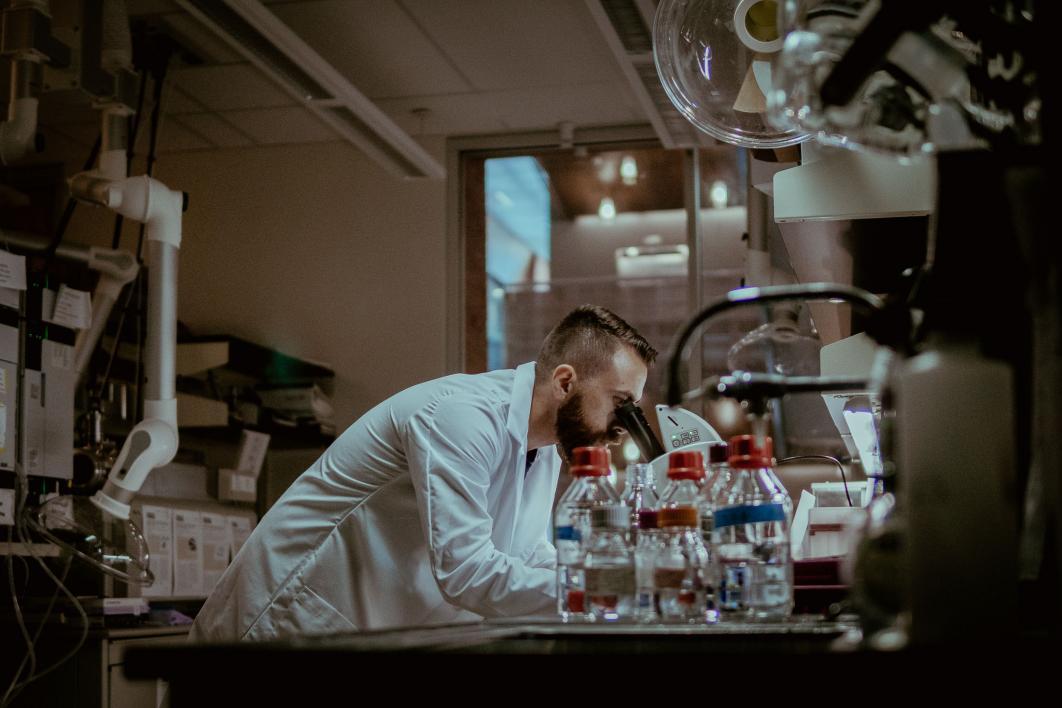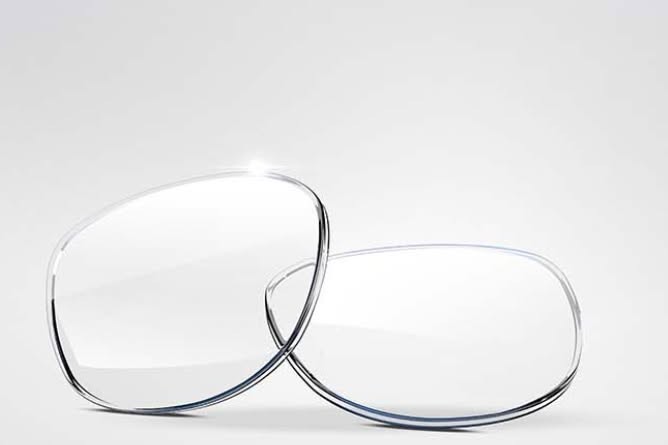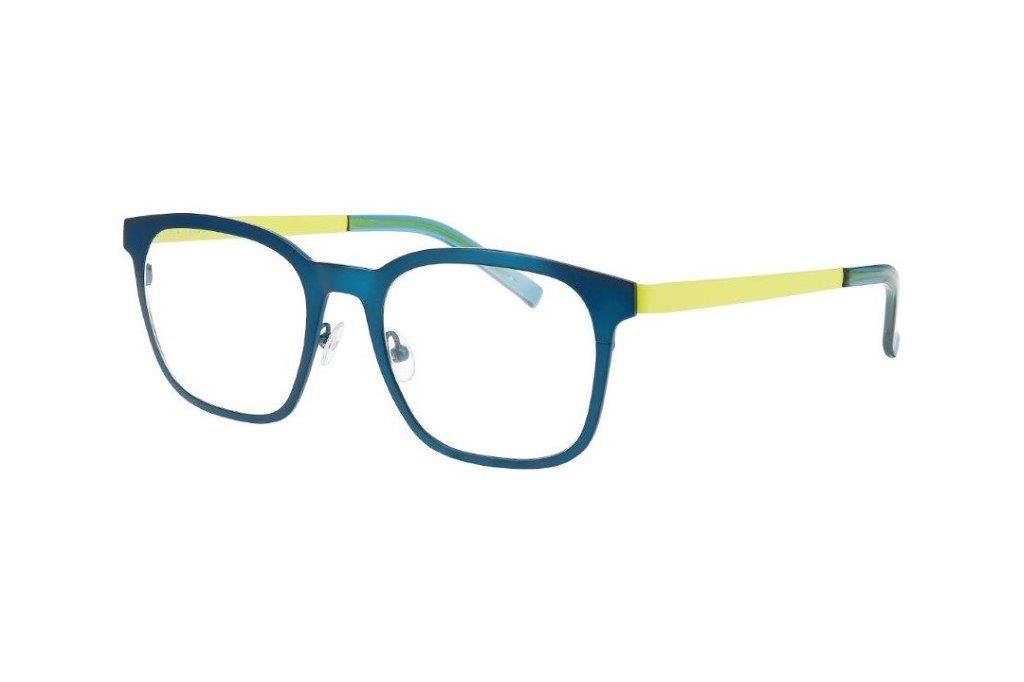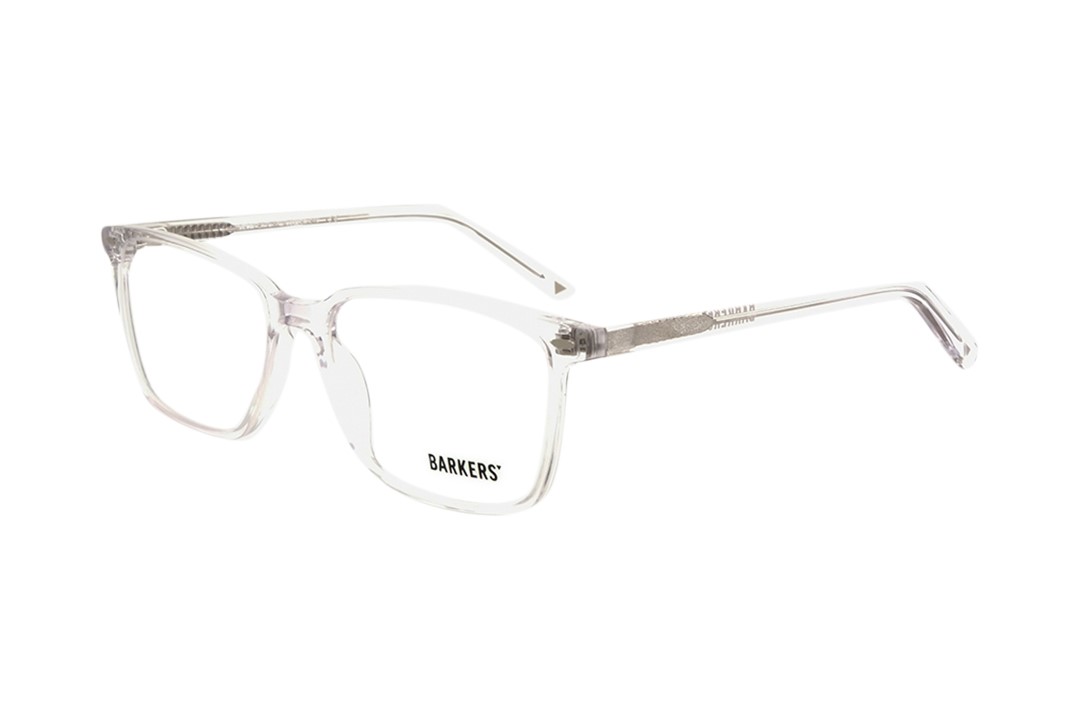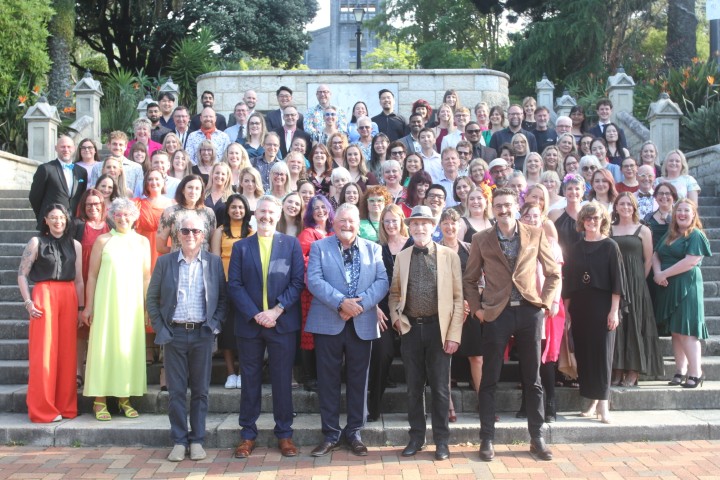Don’t flush those contacts
Arizona State University (ASU) scientists have found that 15 to 20 percent of contact lens wearers are flushing the lenses down the sink or toilet, contributing to the growing issue of plastic pollution, potentially including microplastics in the ocean, and the food chain.
“This is a pretty large number, considering roughly 45 million people in the U.S. alone wear contact lenses, amounting to 1.8 - 3.36 billion lenses flushed per year, or about 20 - 23 metric tons of wastewater-borne plastics annually," said PhD student Charles Rolsky.
Lenses that are washed down the drain typically are conveyed to wastewater-treatment plants, say the researchers. The study showed that wastewater plants fragment them into microplastics, which accumulate in sewage sludge. For about every kilogram of wastewater sludge, a pair of contact lenses typically can be found.
Sewage sludge is routinely applied on land for sludge disposal and soil conditioning, creating a pathway of macro- and microplastics from lenses to enter terrestrial ecosystems where potential adverse impacts are poorly understood, said Rolf Halden, director of the Biodesign Institute’s Center for Environmental Health Engineering at ASU.
Entry of wastewater-borne contact lenses into aquatic environments is a potential concern, although it was not directly observed in the study. However, it is known that run-off from sludge-amended soils can pollute surface waters. Fragmented contact lenses also may pass through the wastewater-treatment plant to enter surface waters as microplastics contained in reclaimed water.
Aquatic organisms are known to mistake microplastics for food, introducing the indigestible plastics into long food chains. Some microplastics eventually can find their way into the human food supply, causing inadvertent uptake and unwanted human exposures to both the plastic polymer and a spectrum of environmental contaminants that tend to stick to the surface of plastics.
Analysing what happens to contact lenses and lens fragments once emitted by wastewater-treatment plants has been a challenge for researchers. First, contact lenses are transparent, which makes them difficult to observe in the complicated milieu of a wastewater-treatment plant. Second, the unusual plastics used in contact lenses — a combination of poly(methylmethacrylate), silicones and fluoropolymers to create a soft material that allows oxygen to pass through the lens to the eye — are not routinely screened for environmental monitoring studies. Thus, pollution from contact lenses has largely avoided detection until now.
Also lacking is information on the biodegradability of contact lenses. To help address this question, the researchers exposed five polymers used in the manufacture of contact lenses to anaerobic and aerobic microorganisms present in biological wastewater-treatment plants for varying times and analyzed them. They found the lenses survived treatment for extended periods of time, but said they underwent noticeable changes in the bonds of the contact lenses as a result of exposure to microbes.
The team concluded that microbes in the wastewater-treatment facility actually altered the surface of the contact lenses, weakening the bonds in the plastic polymers and promoting their disintegration into microplastics.
By calling attention to this first-of-its-kind research, the team says it hopes that industry will take note. Currently, manufacturers do not provide consumers with any information on the best environmentally friendly way to dispose of contact lenses after use.
“A simple first step would be for manufacturers to provide on product packaging, information on how to properly dispose of contact lenses, which is simply by placing them in the trash with other solid waste. A desirable long-term outcome would be to create lenses from polymers that are fine-tuned to be inert during use but labile and degradable when escaping into the environment,” said Halden.










